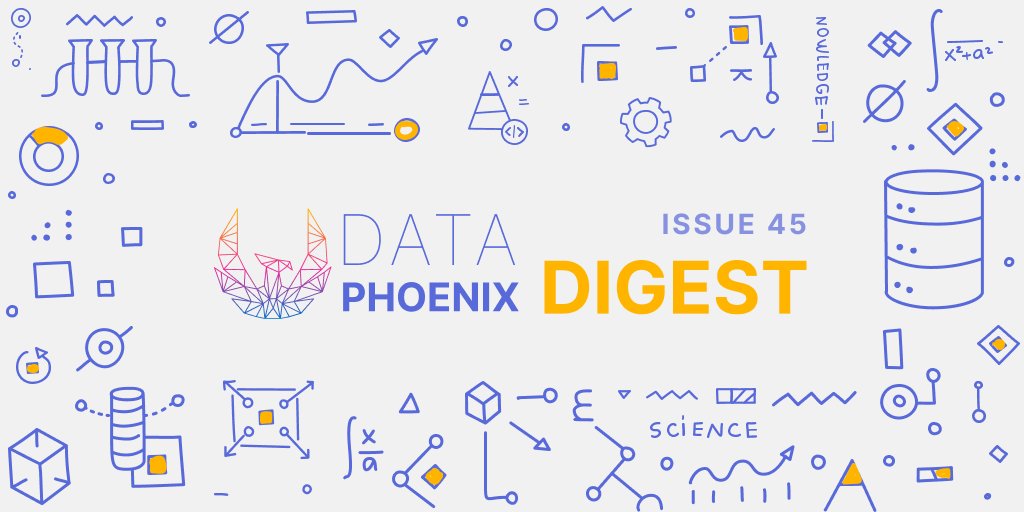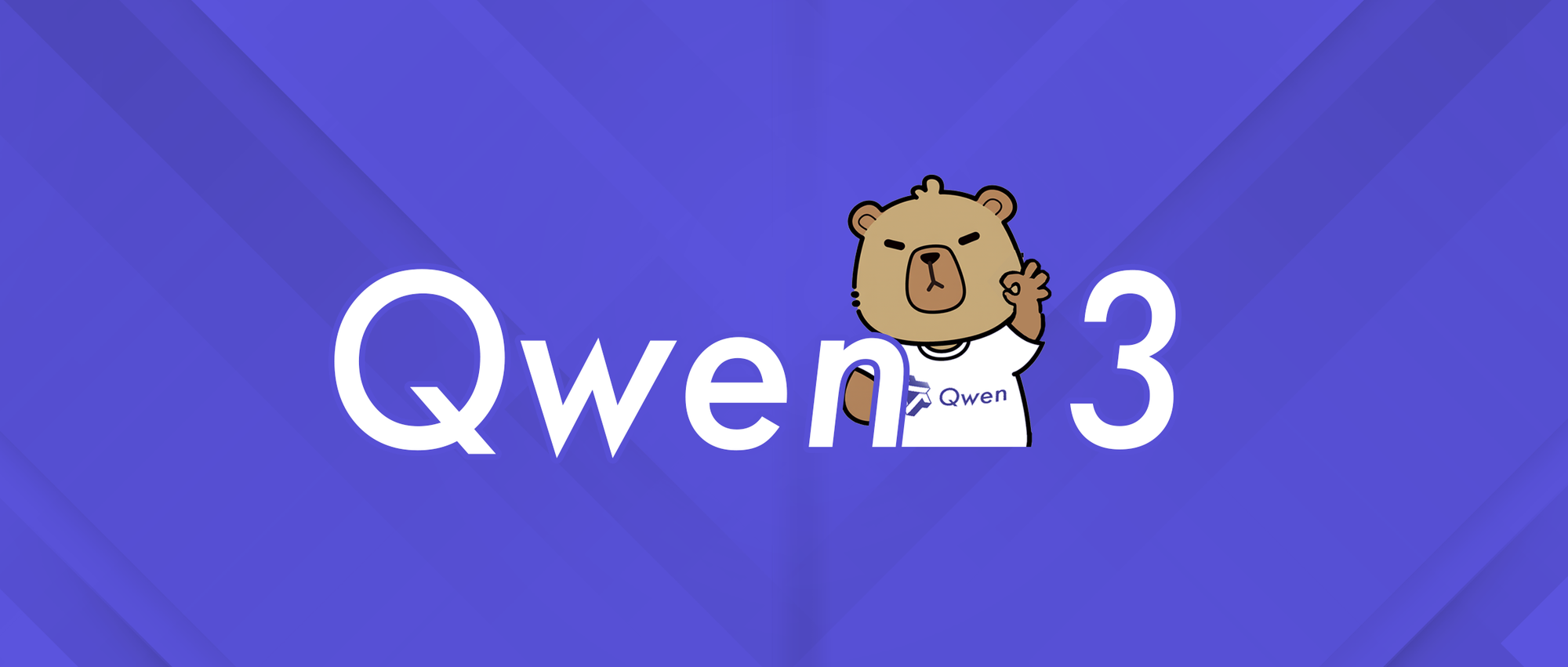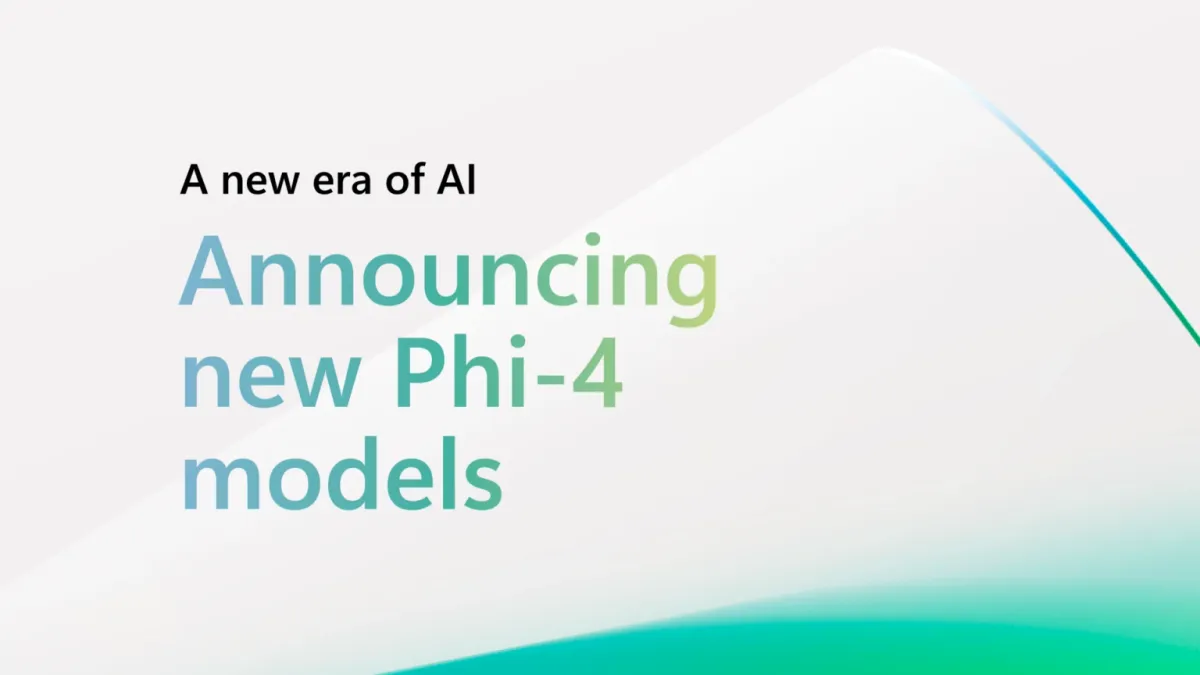Hey,
This is a weekly email newsletter to keep you up-to-date about the best and latest materials on Machine Learning, Deep Learning, Computer Vision, Natural Language Processing, Data Science, Robotics, and other aspects of Artificial Intelligence.
Our slack: data-phoenix.slack.com. Haven't joined yet? Here's the invite link. Feel free to share this link with your friends.
We’re happy to announce that we’re going to resume our series of “The A-Z of Data” webinars this March. So, the question now is, what types of content/topics you’d like to see covered during the webinars? Don’t hesitate to share your ideas. Let’s figure this out together!
P.S. We’ll be extra grateful to everyone who wants and is ready to contribute, or to become a speaker. Please, reach out too!
NEWS
- DeepMind Develops AlphaCode for Competitive Programming
- EleutherAI’s Announces GPT-NeoX-20B
- New Family Member but It’s a Digital Assistant
- What Applied AI Be About in 2022?
- In 2022, Even Fish Could Drive Vehicles
- AI & ML Collaborate with Healthcare Industry
ARTICLES
Data Science and Machine Learning from Scratch [And More]
We believe that any data scientists and ML professional should never stop learning. In this post, we provide an overview of the best resources and courses you can use to start digging in.
Overview of the TOP Algorithms for Machine Learning. Part 2
In the first part of the article, we have covered major machine learning tasks and algorithms. In Part 2, we will take a closer look at common methods of statistical analysis. Enjoy!
Calculating Derivatives in PyTorch
This tutorial shows how to calculate derivatives in PyTorch, from performing auto differentiation on tensors with autograd to implementing the derivative of functions with respect to multiple values.
Anime Faces with WGAN and WGAN-GP
In this post, the author demonstrates how to use two GAN variants to tackle the training instability, and also to train the WGAN and WGAN-GP models to generate colorful anime faces.
Adapting Computer Vision Models for Time Series and Automated EEG Review
Seer employs deep learning techniques aimed at highlighting clinically relevant regions in time series signals such as EEGs. Learn the method in this post!
Automate Your Machine Learning Development Pipeline with PyCaret
The author claims that PyCaret is the best library that can help automate ML pipelines, providing spectacular tools to train your model. Learn more about his approach in this post!
PAPERS
Unifying Architectures, Tasks, and Modalities Through a Simple Sequence-to-Sequence Learning Framework
OFA is a unified multimodal pretrained model that unifies modalities and tasks to a simple sequence-to-sequence learning framework based on the encoder-decoder architecture.
DALL-Eval: Probing the Reasoning Skills and Social Biases of Text-to-Image Generative Transformers
DALL-E is a multimodal transformer language model, and its variants have shown high-quality text-to-image generation capabilities with a simple architecture and training objective.
VRT: A Video Restoration Transformer
Video restoration aims to restore high-quality frames from low-quality frames. In this paper, the authors propose a Video Restoration Transformer (VRT) with parallel frame prediction and long-range temporal dependency modelling abilities.
EvoJAX: Hardware-Accelerated Neuroevolution
EvoJAX is a scalable, general purpose, hardware-accelerated neuroevolution toolkit that enables neuroevolution algorithms to work with neural networks running in parallel across multiple TPU/GPUs.
Learning Signed Distance Field for Multi-view Surface Reconstruction
In this work, the authors introduce a novel neural surface reconstruction framework that leverages the knowledge of stereo matching and feature consistency to optimize the implicit surface representation.






Comments